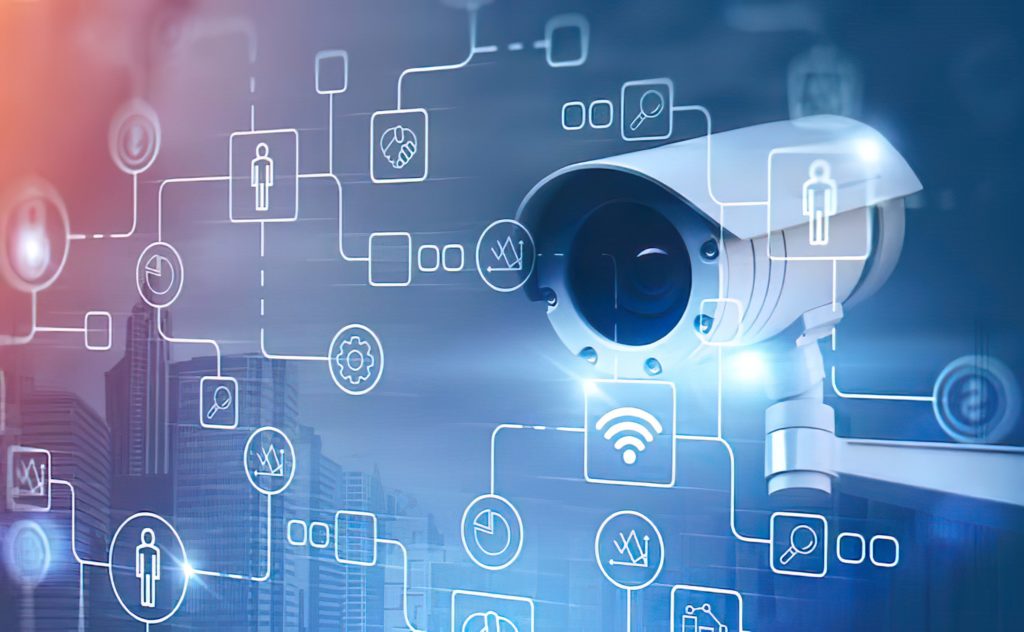The Internet of Things (IoT) is rapidly becoming a ubiquitous part of modern life, with billions of connected devices from smart homes to industrial equipment. However, this proliferation of connected devices also poses new cybersecurity risks. The intersection of cybersecurity and IoT devices is a complex and rapidly-evolving field, and it’s crucial for individuals and organizations to understand the risks and take steps to protect themselves.
One of the key challenges of securing IoT devices is the wide range of devices and manufacturers. Unlike traditional computing devices, IoT devices often have limited processing power, memory, and storage, which can make it difficult to install security software or update firmware. Additionally, many IoT devices are not designed with security in mind and may have known vulnerabilities or lack basic security features.
One of the most significant risks associated with IoT devices is the potential for them to be used in a botnet attack. A botnet is a network of compromised devices that can be controlled remotely to launch distributed denial-of-service (DDoS) attacks or spread malware. In recent years, there have been several high-profile botnet attacks that have leveraged IoT devices, such as the Mirai botnet attack in 2016 that used compromised IoT devices to launch DDoS attacks.

Another risk is that an attacker could gain access to the sensitive data collected by IoT devices. IoT devices often collect large amounts of data, including personal information, and if that data falls into the wrong hands, it could be used for malicious purposes.
To protect against these risks, it’s crucial to take a multi-layered approach to security. This includes:
- Using strong, unique passwords for all IoT devices and regularly changing them
- Keeping all IoT devices and their associated software and firmware up to date
- Segregating IoT devices from other networked devices, such as using a separate network for IoT devices
- Using network segmentation and firewalls to limit access to IoT devices
- Monitoring network traffic for unusual activity
- Using a VPN to encrypt network traffic between IoT devices and the internet
- Educating employees and users about the risks of IoT devices and best practices for securing them
In conclusion, the intersection of cybersecurity and IoT devices is a complex and rapidly-evolving field, and it’s crucial for individuals and organizations to understand the risks and take steps to protect themselves. By taking a multi-layered approach to security, using strong passwords, keeping devices up to date, and properly segmenting networks, organizations can help protect themselves and their customers from potential attacks.
